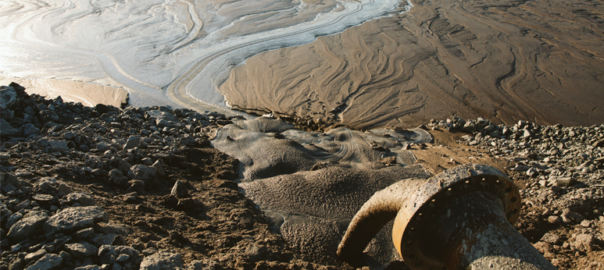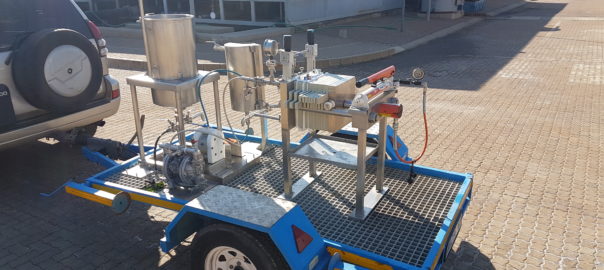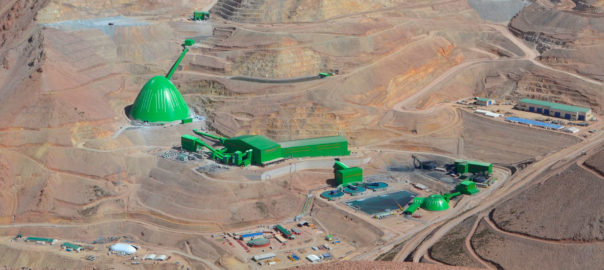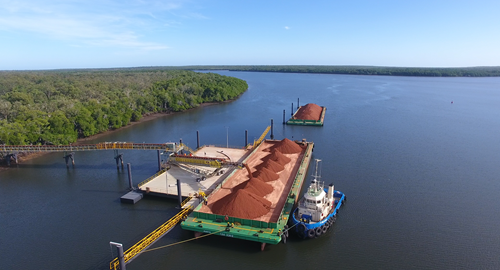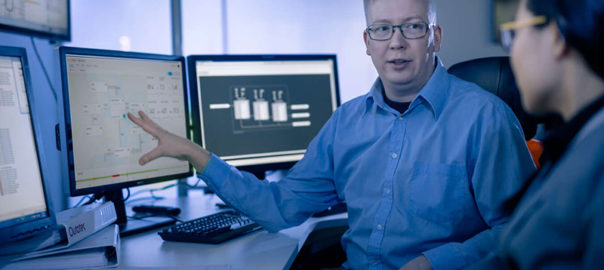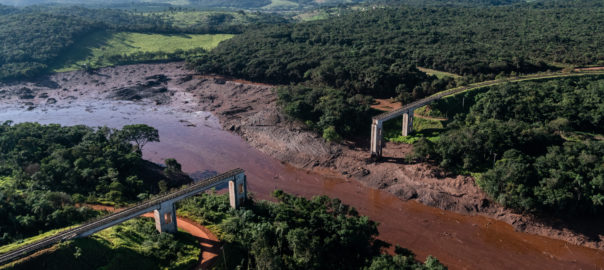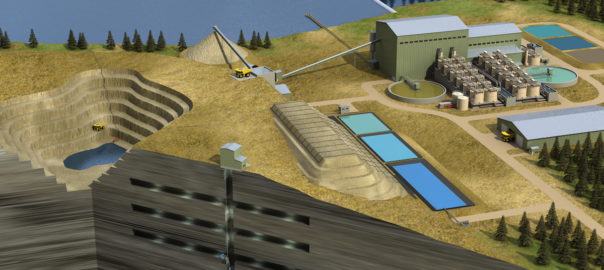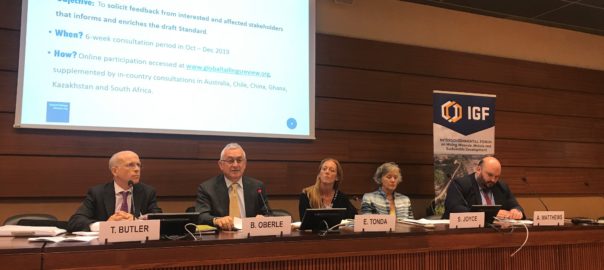More details of Weir Minerals novel dewatering process, TerraFlowingTM, have emerged as the company steps up marketing of its tailings management offering.
This week, on May 27, Nils Steward, General Manager Operations and Development at Weir Minerals, will describe the test work and results achieved in the development of TerraFlowing in a webinar and, ahead of that, the company has provided some important details about the technology.
“This process has been developed to address both the value proposition of tailings inherent in the tailings, and tailings storage,” the company said.
Weir Minerals is able to look at tailings reprocessing as well as storage with TerraFlowing thanks to the incorporation of a two-stage cyclone dewatering process followed by centrifugation of the final stage of cycloning overflow, it said.
In this process, three dewatered tailings streams are produced: a primary cyclone underflow, a secondary cyclone underflow and a centrifuge pulp. These three streams can be combined or used in different configurations, according to Weir Minerals.
This three-stage system offers the flexibility to make provision for variations in mineralogy and particle size distribution (PSD) as well as the opportunity to recover ‘tailings as a resource’, it said.
This ability to deal with feed variations in PSD and mineralogy, and deliver variations in PSDs, tailings solids concentrations and recoveries is owing to the ability to vary the cyclone and centrifuge configurations and operation, Weir Minerals said.
“This flexibility further allows for optimisation of power utilisation,” Weir Minerals said. “In many instances, water is an annual issue; during the rainfall season water recovery is less important than dry seasons. During the rainy season, the need to operate the process at maximum water recovery, associated with maximum power consumption, is less necessary and power can be conserved.”
Two main TerraFlowing process outcomes have been identified by the company corresponding to:
- A maximum solids recovery at maximum solids concentration of the two cyclone and centrifuge streams; and
- A recovery of a tailings stream for tailings storage facility (TSF) embankment construction with the remaining cyclone and centrifuge streams being combined for deposition within the TSF.
Water recovery can be up to 85% with a 78% wet solids concentration final tailings product from combining the three streams in the maximum solids concentration case, the company says. Transport of this final stackable tailings product will be by positive displacement pumps, conveyors or trucks, the company noted.
For the case where the primary cyclone underflow has been shown to deliver a PSD suitable for TSF embankment construction, through geotechnical investigation, the remaining secondary cyclone underflow and centrifuge pulp is suitable for beaching deposition within the TSF, it said. The water recovery in this process is up to 75%, while transport of these tailings products can be through centrifugal pumps.
Weir Minerals says: “TerraFlowing is an opportunity to not only store a thickened product but also recover the value in the tailings through the construction of TSF embankments or the manufacture of structural concrete products, as well as shotcrete for reinforcement and support.”
To find out more about the webinar click here.







